Home>Others>Specialized Home Improvement Topics>How To Apply Tint To Car Windows
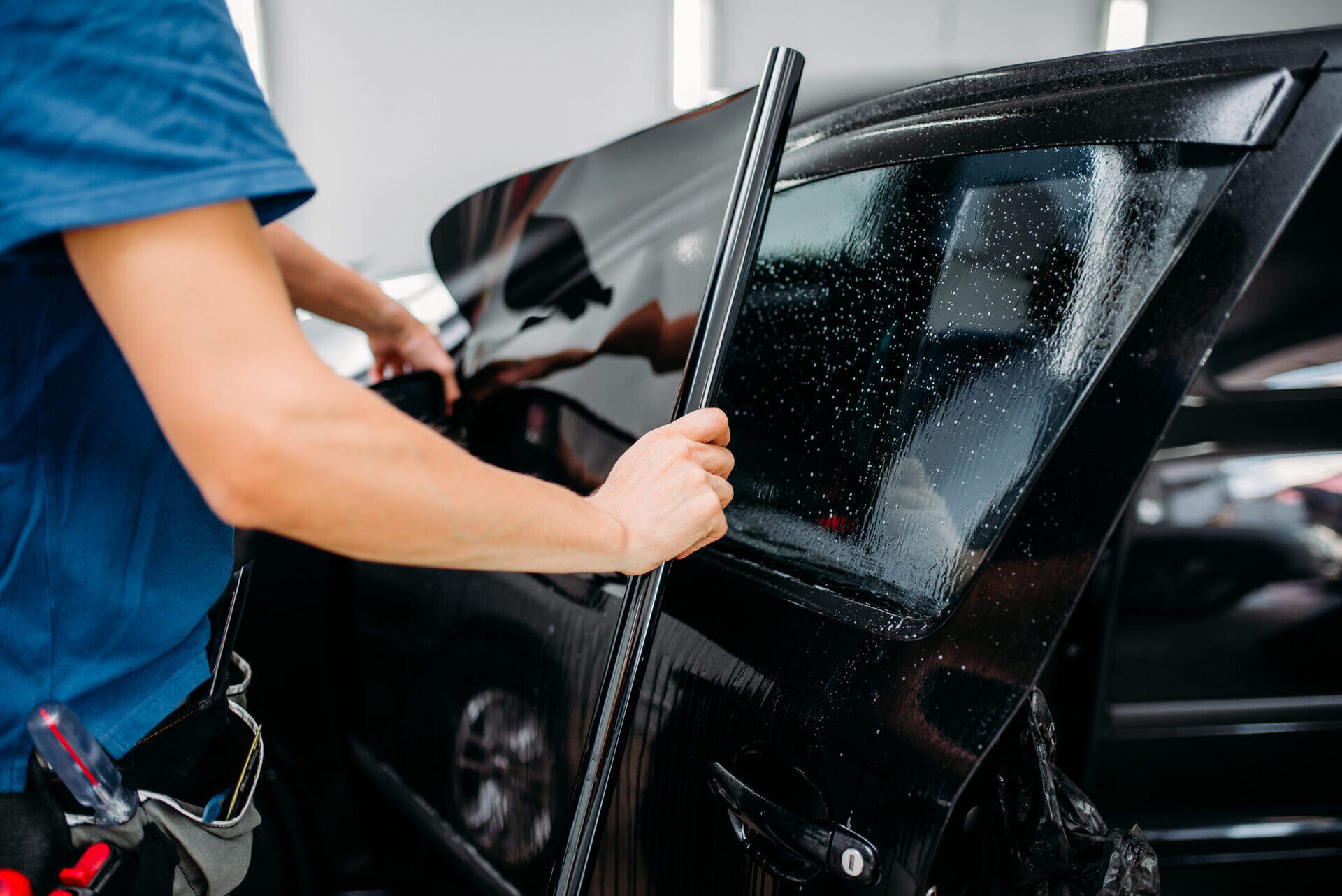

Specialized Home Improvement Topics
How To Apply Tint To Car Windows
Published: January 8, 2024
Learn how to apply tint to car windows with our specialized home improvement guide. Get expert tips and techniques for a professional finish.
(Many of the links in this article redirect to a specific reviewed product. Your purchase of these products through affiliate links helps to generate commission for Storables.com, at no extra cost. Learn more)
Introduction
So, you've decided to give your car a sleek, stylish upgrade by applying tint to its windows. Not only does window tinting enhance the aesthetics of your vehicle, but it also provides numerous functional benefits, such as reducing glare, blocking harmful UV rays, and maintaining a cooler interior temperature. However, before you embark on this exciting project, it's essential to understand the intricacies of car window tinting and the steps involved in achieving a professional-looking result.
In this comprehensive guide, we'll delve into the art of applying tint to car windows, covering everything from the basics of window tinting to the practical steps of preparing, applying, and caring for your tinted windows. Whether you're a first-time DIY enthusiast or a seasoned car aficionado, this article will equip you with the knowledge and confidence to transform your vehicle into a sophisticated and comfortable space.
Let's embark on this journey together as we explore the world of car window tinting and unveil the secrets to achieving impeccable results. Whether you're aiming for a subtle tint or a bold statement, this guide will empower you to elevate your car's style and functionality through the art of window tinting. So, buckle up and get ready to discover the transformative power of tinted windows!
Key Takeaways:
- Transform your car’s style and comfort with window tinting. Understand the types of tint and their benefits to make an informed choice that suits your needs and enhances your driving experience.
- Prepare, apply, and care for tinted windows with precision. Proper preparation, meticulous application, and gentle maintenance ensure a flawless and long-lasting result, elevating your vehicle’s aesthetics and functionality.
Read more: How To Tint Windows On Car
Understanding Car Window Tint
Car window tinting involves applying a thin, transparent film to the interior surface of your vehicle’s windows. This film is composed of layers of polyester and other materials that are designed to block or filter out certain levels of light, heat, and UV radiation. Understanding the different types of window tint and their benefits is crucial before embarking on the tinting process.
Types of Window Tint:
- Dyed Tint: This type of tint features a layer of dye that absorbs solar heat and reduces glare. It is an affordable option and provides a sleek, matte appearance.
- Metalized Tint: Metalized tint incorporates tiny metallic particles to block heat and UV rays. It offers superior heat rejection and durability, but it may interfere with electronic signals.
- Carbon Tint: Carbon tint contains carbon particles that block a significant amount of heat without interfering with electronic signals. It provides a deep, black finish and excellent UV protection.
- Ceramic Tint: Ceramic tint is engineered with ceramic particles that are non-conductive and non-metallic. It offers exceptional heat rejection, UV protection, and clarity, making it the premium choice for window tinting.
Benefits of Window Tint:
Car window tinting offers a myriad of benefits beyond enhancing the visual appeal of your vehicle. It provides protection against harmful UV rays, reduces heat buildup in the interior, minimizes glare for improved visibility, and safeguards the upholstery from fading and deterioration. Additionally, tinted windows can enhance privacy and security by obscuring the view into the vehicle’s interior.
Understanding the characteristics and advantages of different window tint options will help you make an informed decision based on your preferences, budget, and desired benefits. Whether you prioritize heat rejection, UV protection, or a specific aesthetic, there’s a window tint option that aligns with your needs and enhances your driving experience.
Now that we’ve explored the fundamentals of car window tinting, it’s time to prepare your vehicle for the transformative process of applying tint to its windows. By ensuring that your car is ready for tinting, you’ll set the stage for a successful and visually stunning outcome.
Preparing Your Car for Tinting
Before diving into the application of window tint, it’s essential to prepare your car to ensure a smooth and effective tinting process. Proper preparation not only facilitates the application of the tint film but also contributes to the longevity and quality of the finished result.
Cleanliness Is Key:
Prior to tinting, thoroughly clean the interior and exterior surfaces of the windows. Any dirt, dust, or debris can interfere with the adhesion of the tint film, leading to air bubbles or imperfections. Use a mild detergent or specialized glass cleaner to remove any residue, and ensure that the windows are completely dry before proceeding with the tint application.
Remove Obstructions:
Clear the area around the windows to create a conducive environment for tinting. Remove any objects, such as stickers, decals, or obstructions near the window edges that could impede the seamless application of the tint film. Additionally, if there are any existing window tint films that are peeling or damaged, they must be carefully removed before applying the new tint.
Measure and Cut Precisely:
Accurate measurements are crucial for achieving a professional-looking tint application. Before cutting the tint film, carefully measure the dimensions of each window, leaving a slight allowance for trimming. Precision in cutting the tint film ensures that it fits the windows perfectly, minimizing the need for excessive trimming during the application process.
Temperature and Environment:
Choose a suitable environment for tinting, preferably indoors or in a shaded area. Extreme temperatures and direct sunlight can affect the tint application process, leading to premature drying or adhesion issues. Additionally, ensure that the workspace is free from airborne particles that could adhere to the tint film during application.
Professional Assistance:
If you are uncertain about the tinting process or lack the necessary tools and expertise, consider seeking professional assistance. Professional tinting services have the experience, tools, and techniques to ensure a flawless tint application, sparing you the potential challenges of a DIY approach.
By meticulously preparing your car for the tinting process, you set the stage for a successful and visually appealing outcome. With the groundwork laid and the windows primed for tint application, the next step involves the intricate process of applying the tint film to achieve a seamless and professional result.
Before applying tint to car windows, make sure to thoroughly clean the windows with a glass cleaner and a lint-free cloth to remove any dirt or debris. This will ensure a smooth and even application of the tint film.
Applying Tint to Car Windows
Now that your car is primed and ready, it’s time to embark on the transformative process of applying tint to its windows. This step-by-step guide will walk you through the intricacies of tint application, empowering you to achieve a flawless and professional result.
Gather Your Tools:
Before commencing the tinting process, ensure that you have all the necessary tools and materials at hand. These may include the tint film, a squeegee, a heat gun or hairdryer, a spray bottle with a mild soapy solution, a utility knife, and a soft, lint-free cloth. Having these tools readily available will streamline the application process and contribute to the precision of the result.
Prepare the Tint Film:
Carefully unroll the tint film on a clean, flat surface. Using the measurements taken earlier, cut the tint film to the precise dimensions of the window, leaving a small margin for final adjustments. It’s crucial to handle the tint film with care to avoid creasing or damaging its delicate surface.
Apply the Tint:
Begin by spraying a light mist of the soapy solution onto the interior surface of the window. This solution acts as a lubricant, allowing you to maneuver the tint film into place without it sticking prematurely. Next, carefully position the cut tint film onto the wet glass, ensuring that it aligns with the edges of the window and leaves a uniform margin around the perimeter.
Smooth and Squeegee:
Using a squeegee, gently smooth out the tint film, starting from the center and working your way towards the edges. This process helps eliminate air bubbles and excess moisture, ensuring a seamless and uniform adhesion of the tint to the glass. Take your time and apply gentle, even pressure to achieve a smooth finish.
Trim and Tuck:
Once the tint film is securely in place, use a sharp utility knife to trim the excess film along the edges of the window. Be precise in your cutting to create clean, straight lines. For windows with curved edges, carefully tuck the edges of the tint film using a heat gun or hairdryer to facilitate a snug fit and professional appearance.
Finalize and Dry:
After trimming and tucking, use the heat gun or hairdryer to gently heat the tint film, which aids in activating the adhesive and ensuring a secure bond to the glass. Once the tint film is in position, use a soft, lint-free cloth to gently press along the edges and smooth out any remaining air bubbles or moisture. Allow the tint to dry completely before operating the windows.
By following these meticulous steps and exercising patience and precision, you can achieve a flawless and professional application of tint to your car windows. With the tint securely in place, it’s essential to understand the proper care and maintenance practices to preserve its longevity and visual appeal.
Caring for Tinted Windows
After successfully applying tint to your car windows, it’s crucial to adopt proper care and maintenance practices to preserve the integrity and visual appeal of the tint film. By following these guidelines, you can ensure the longevity and optimal performance of your tinted windows while keeping them looking pristine.
Initial Drying Period:
Following the tint application, it’s important to allow sufficient time for the tint film to dry and adhere fully to the glass. During this initial drying period, refrain from operating the windows or cleaning the tinted surfaces to prevent any disturbance to the freshly applied film. Typically, the drying process may take a few days, depending on the climate and environmental conditions.
Cleaning Techniques:
When cleaning tinted windows, opt for gentle cleaning techniques to avoid damaging the tint film. Use a mild, ammonia-free cleaner and a soft, non-abrasive cloth to wipe the tinted surfaces. Avoid using harsh chemicals or abrasive materials that could scratch or deteriorate the tint film, compromising its appearance and functionality.
Protective Measures:
To shield your tinted windows from potential damage, consider utilizing sunshades or parking in shaded areas to minimize prolonged exposure to direct sunlight. UV rays and excessive heat can degrade the tint film over time, so taking proactive measures to protect your tinted windows can extend their lifespan and visual appeal.
Avoid Abrasive Contact:
Exercise caution when interacting with the tinted windows to prevent accidental damage. Avoid placing sharp or abrasive objects against the tint film, and be mindful when rolling down or up the windows to prevent friction or scratching. By being mindful of potential sources of damage, you can preserve the pristine appearance of your tinted windows.
Professional Maintenance:
Periodically assess the condition of your tinted windows to identify any signs of wear, bubbling, or peeling. If you notice any issues, seek professional assistance to address them promptly. Professional maintenance and repairs can mitigate potential issues and uphold the integrity of the tint film over time.
By adhering to these care and maintenance practices, you can safeguard the visual appeal and functionality of your tinted windows, ensuring that they continue to enhance the aesthetics and comfort of your vehicle for years to come. Now that we’ve explored the essential aspects of caring for tinted windows, let’s reflect on the transformative journey of window tinting and the benefits it bestows upon your vehicle.
Read more: How To Tint Car Windows Yourself
Conclusion
As we conclude our exploration of the art of applying tint to car windows, it’s evident that window tinting transcends mere aesthetics, offering a multitude of functional benefits that elevate the driving experience. By understanding the nuances of window tinting, preparing the vehicle meticulously, and executing the application process with precision, you can transform your car into a sophisticated and comfortable sanctuary.
From the selection of the ideal tint type to the careful application and maintenance of tinted windows, each step in the process contributes to the enhancement of your vehicle’s visual appeal, comfort, and functionality. Whether you prioritize heat reduction, UV protection, glare reduction, or privacy, window tinting empowers you to tailor your driving environment to your preferences and needs.
By embracing the transformative power of window tinting, you not only enhance the aesthetics of your vehicle but also protect its interior, improve driving comfort, and elevate privacy and security. The meticulous care and maintenance of tinted windows ensure that their benefits endure, enriching your driving experience for the long term.
As you embark on your journey of tinting your car windows, remember that attention to detail, patience, and the utilization of proper techniques are essential for achieving a flawless and professional result. Whether you opt for a DIY approach or seek professional assistance, the rewards of tinted windows are boundless, offering a harmonious blend of style and functionality.
So, as you envision the sleek, stylish upgrade that tinted windows bestow upon your vehicle, embrace the knowledge and insights gained from this guide to embark on your tinting journey with confidence and enthusiasm. Let the allure of tinted windows redefine your driving experience, enveloping you in a world of comfort, sophistication, and enhanced functionality.
With each journey, whether under the radiant sun or amidst the urban landscape, your tinted windows will stand as a testament to your commitment to style, comfort, and the art of enhancing the driving experience. As you navigate the roads with the sun-kissed glow of your tinted windows, revel in the transformative power they bring to your car and the joy they evoke with every drive.
Frequently Asked Questions about How To Apply Tint To Car Windows
Was this page helpful?
At Storables.com, we guarantee accurate and reliable information. Our content, validated by Expert Board Contributors, is crafted following stringent Editorial Policies. We're committed to providing you with well-researched, expert-backed insights for all your informational needs.

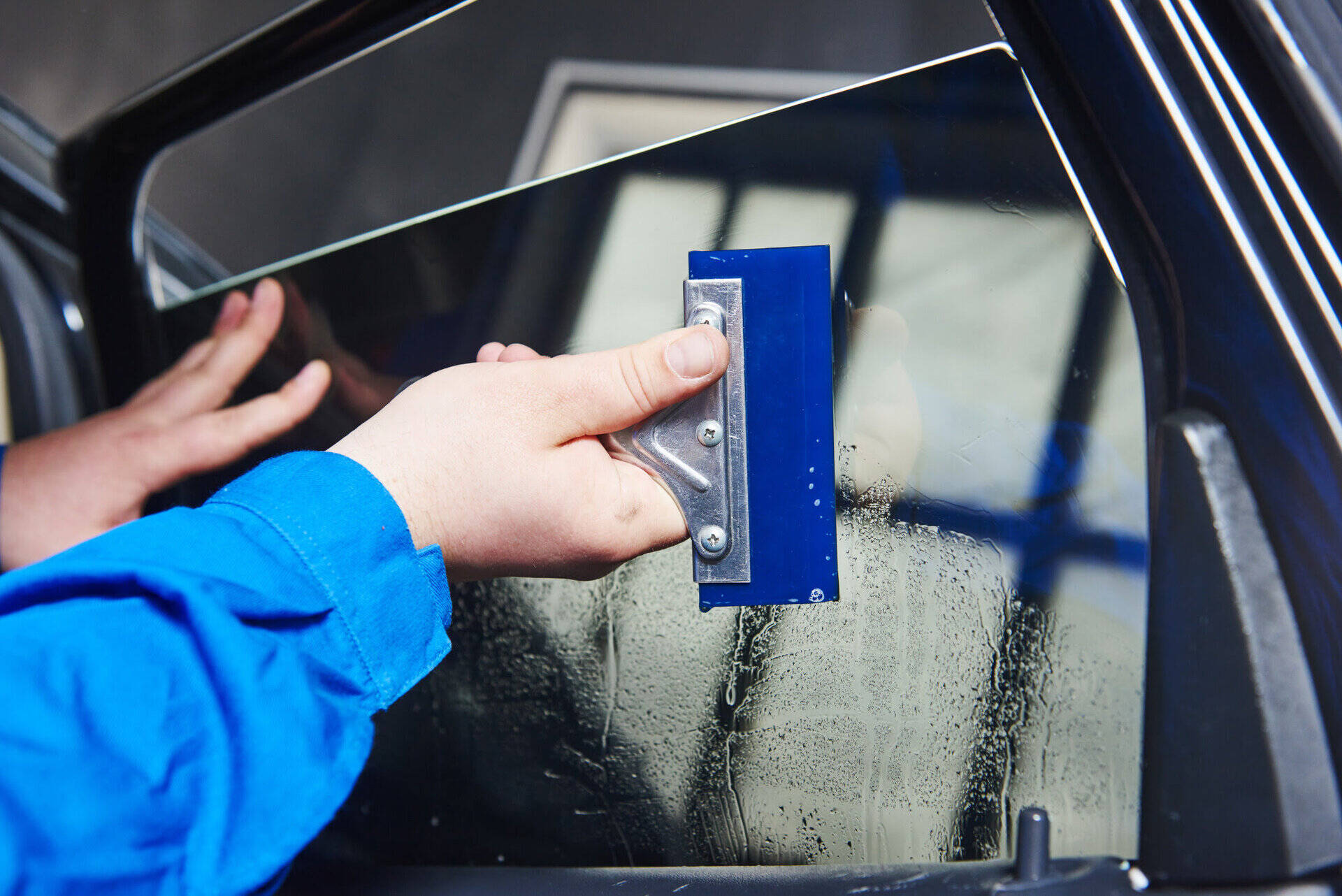

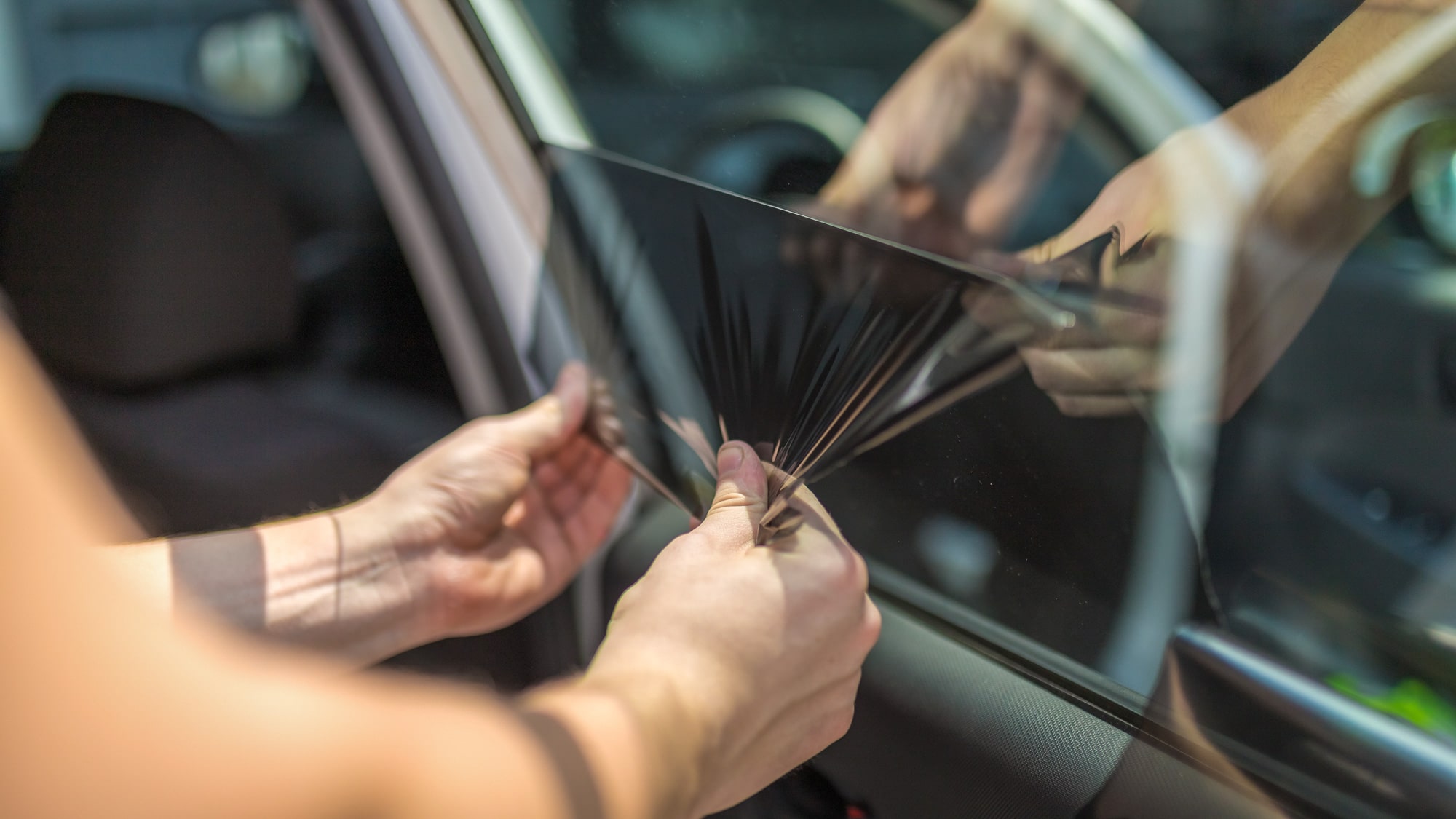
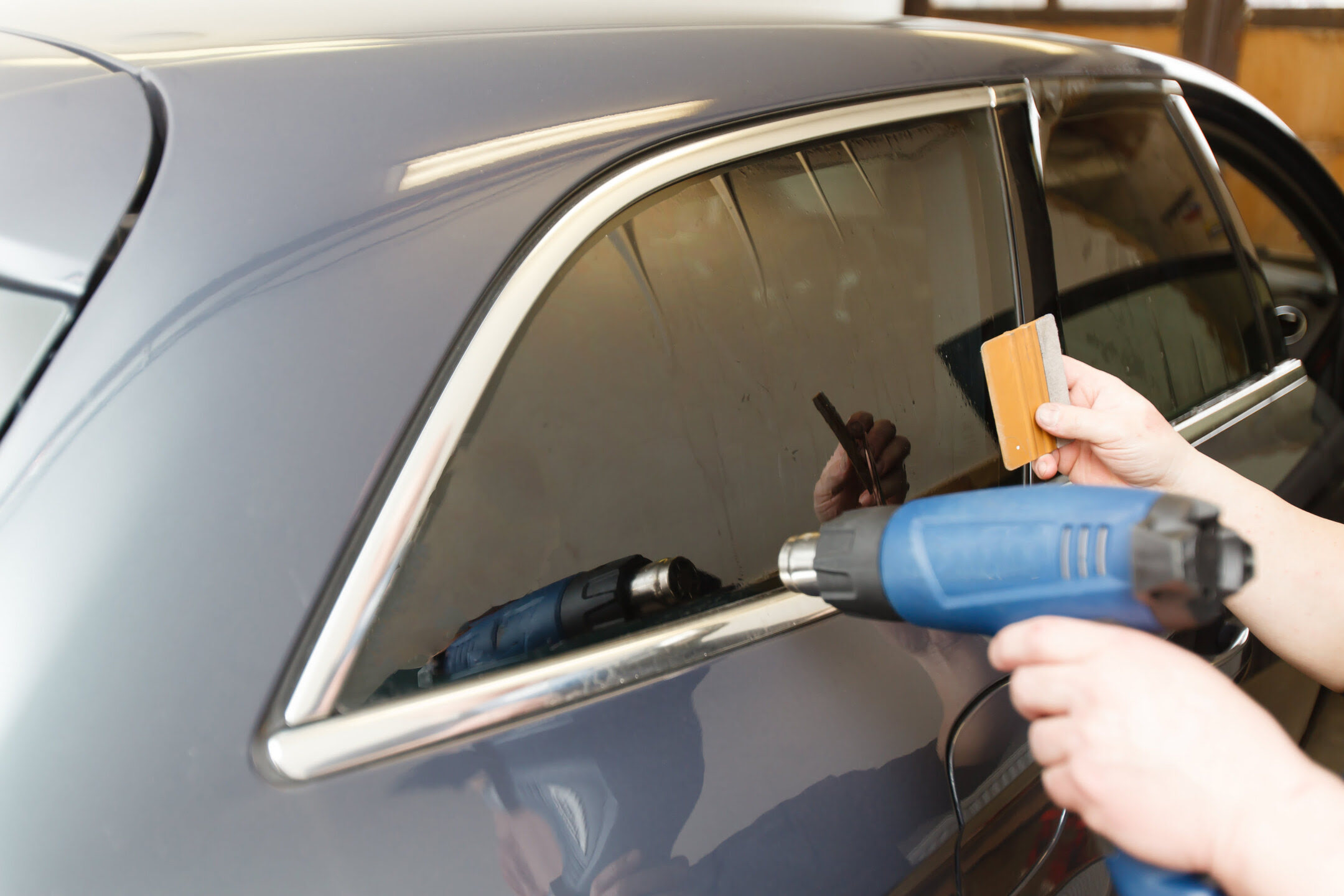
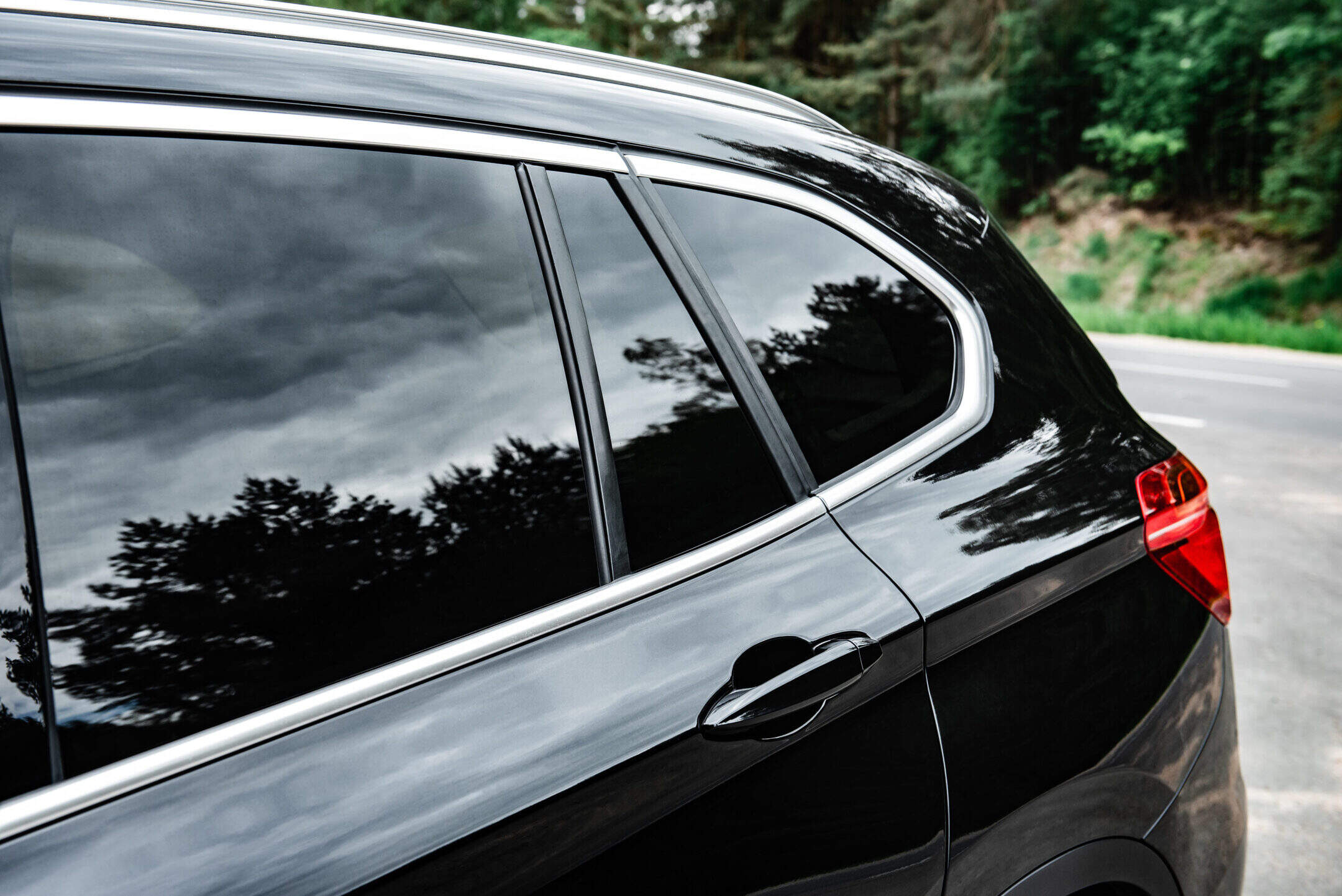
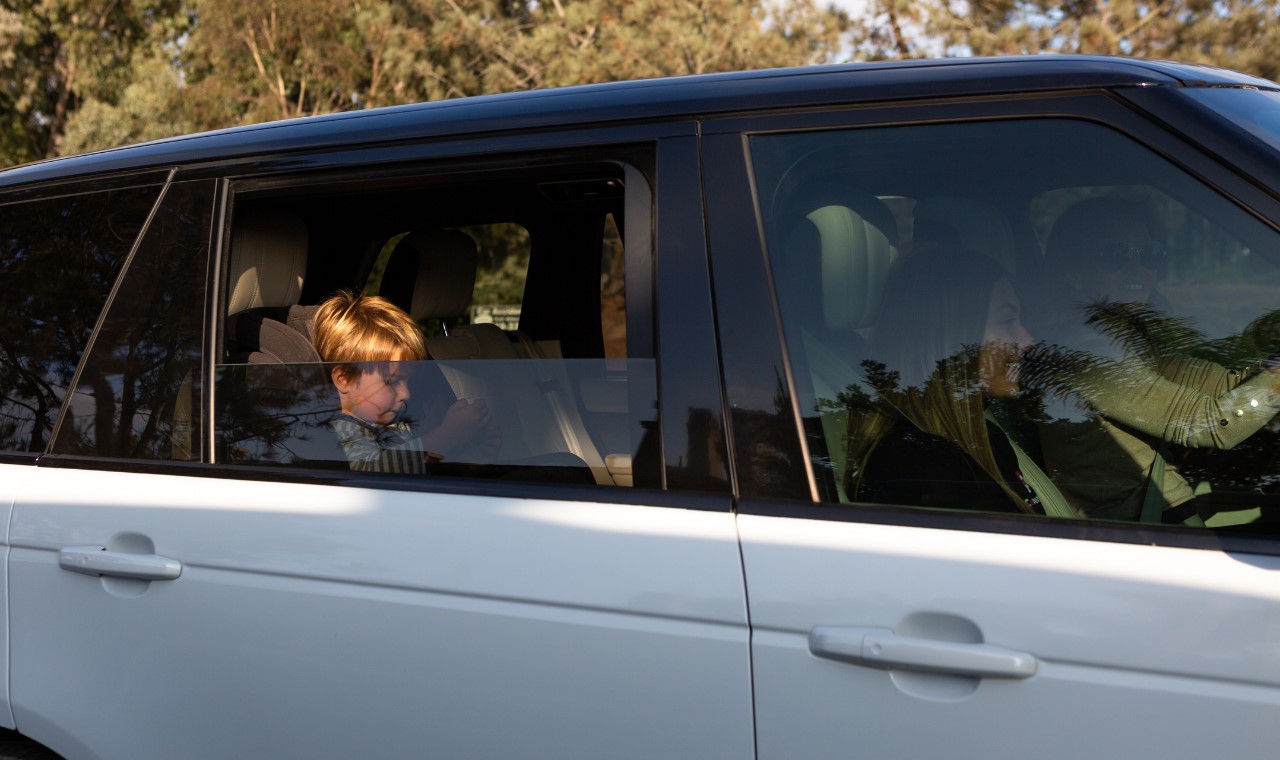

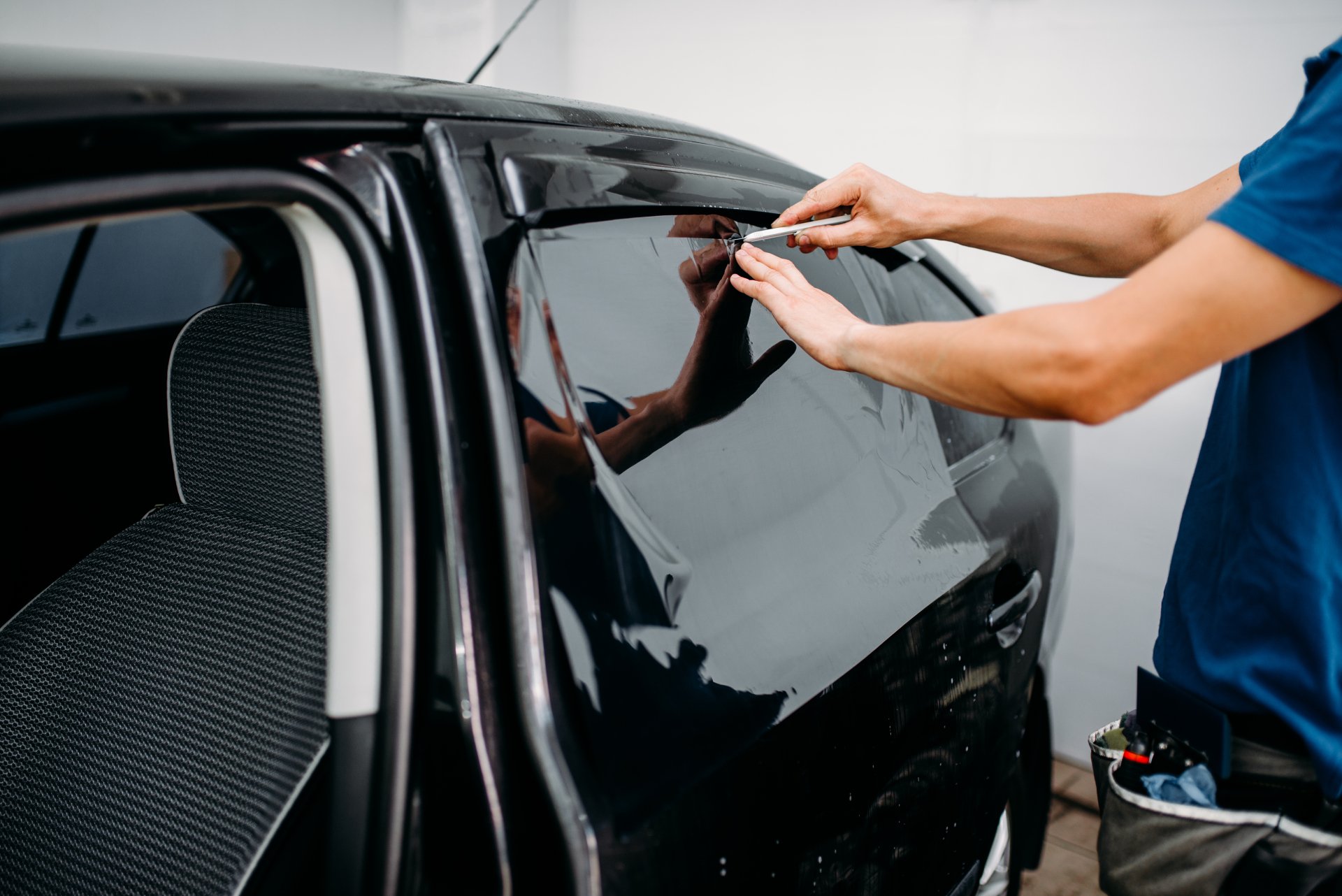
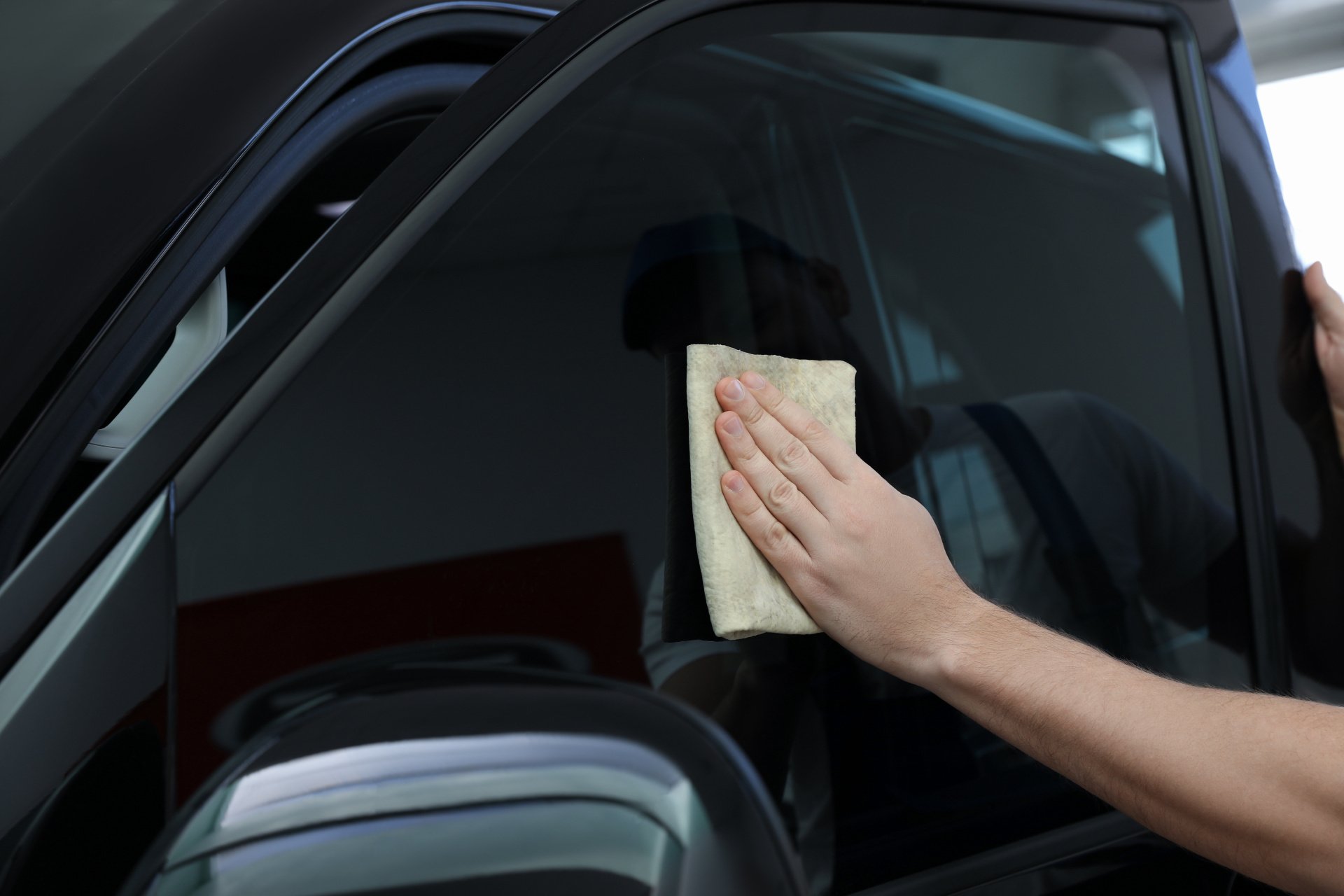
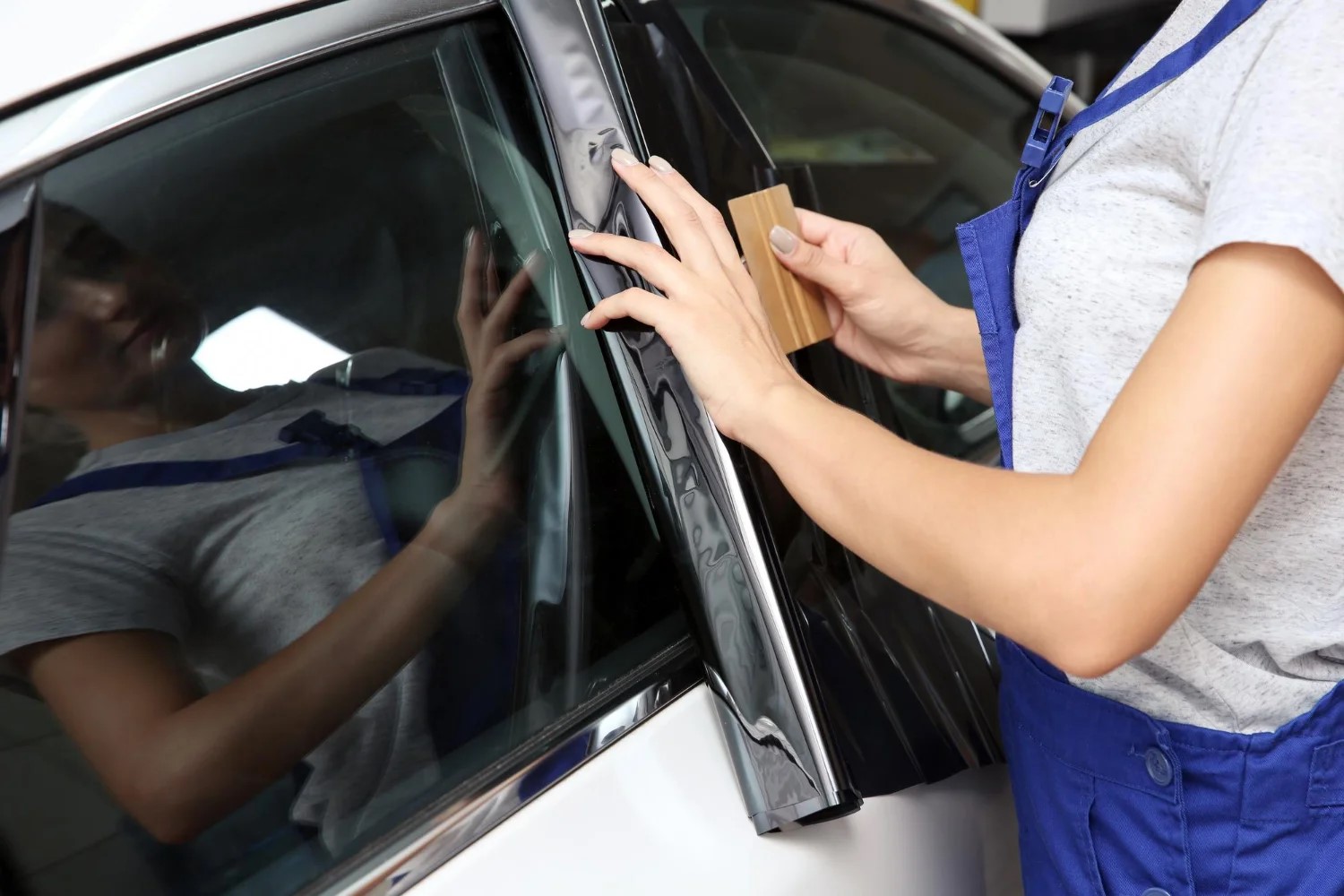
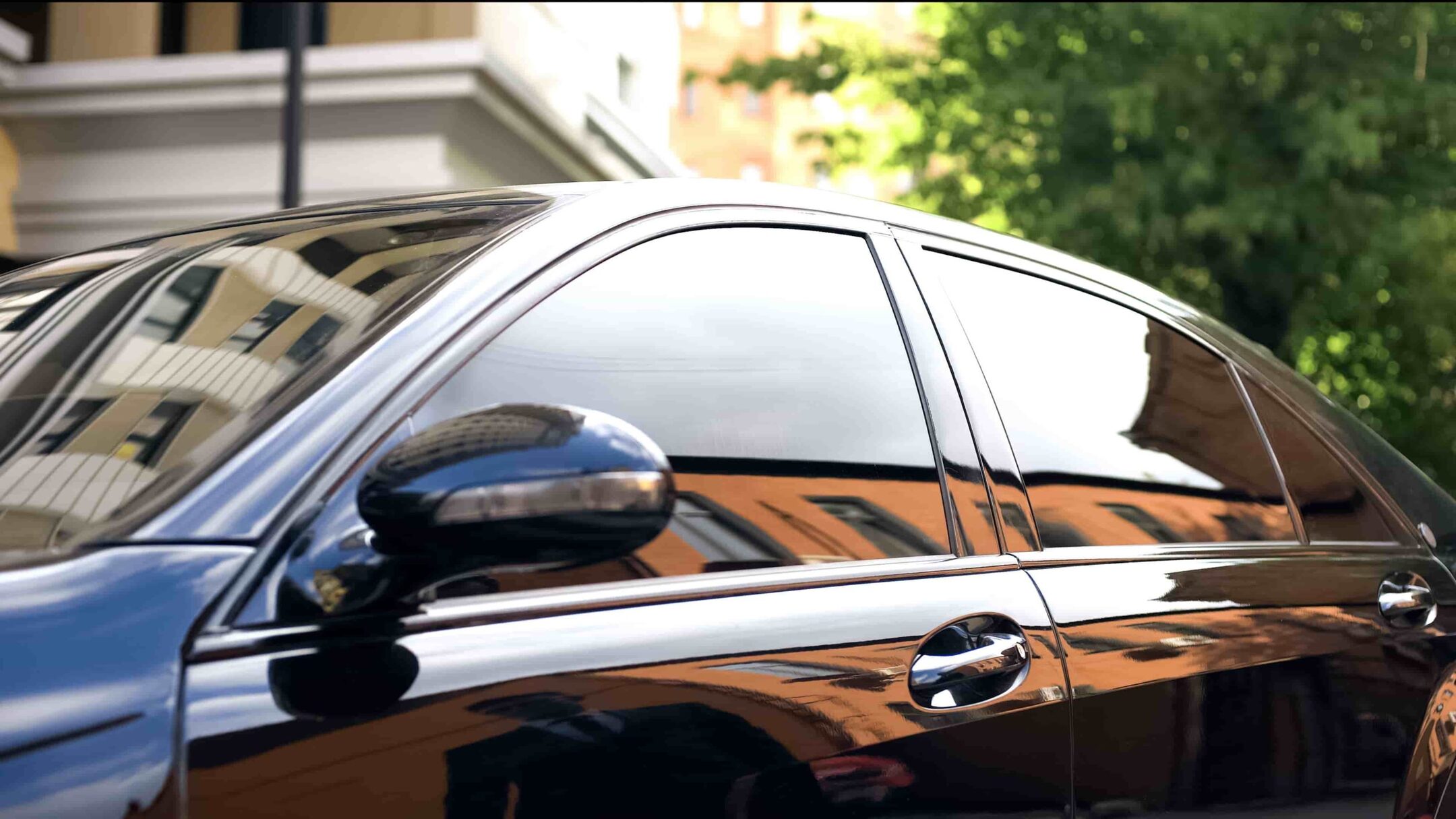

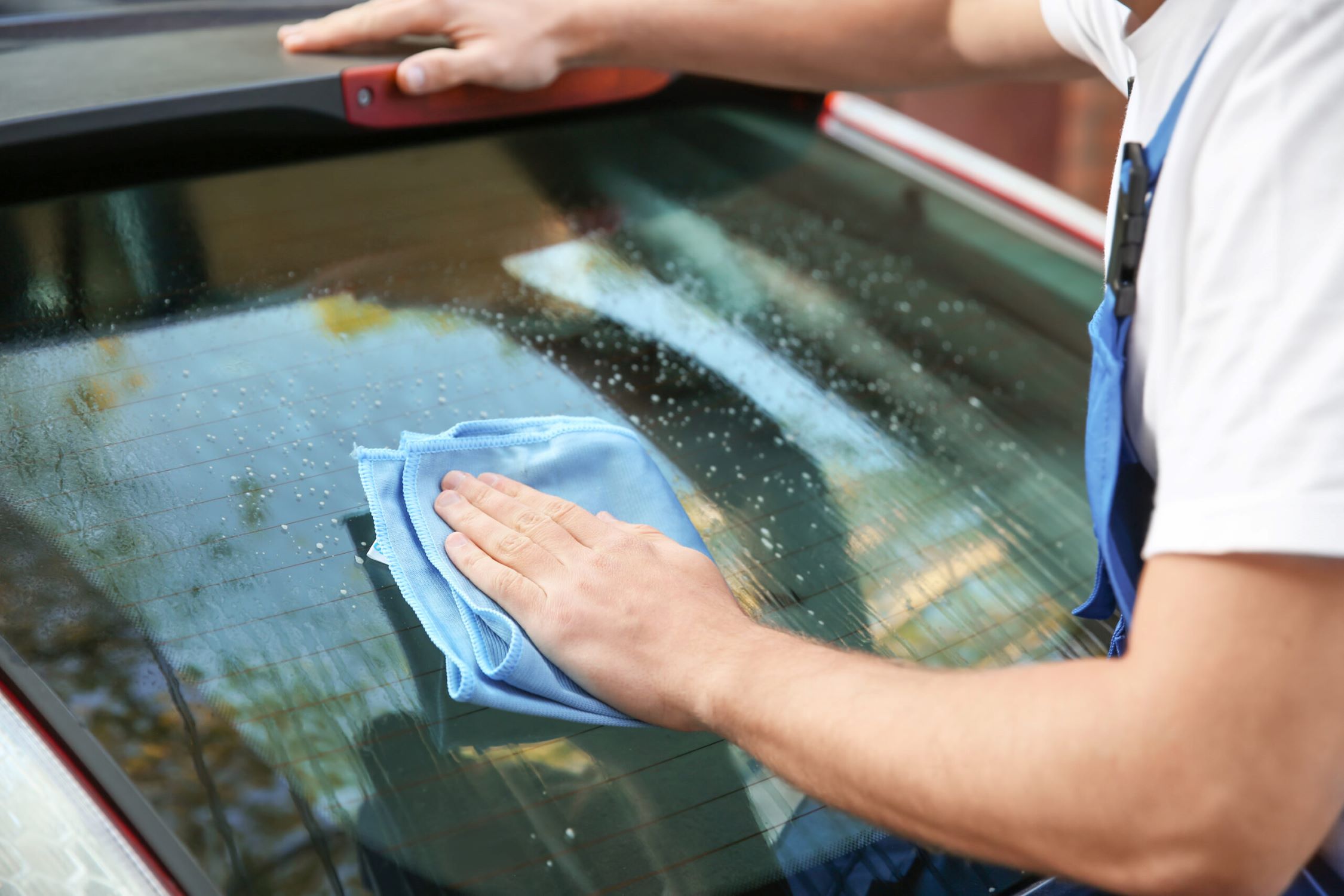

0 thoughts on “How To Apply Tint To Car Windows”